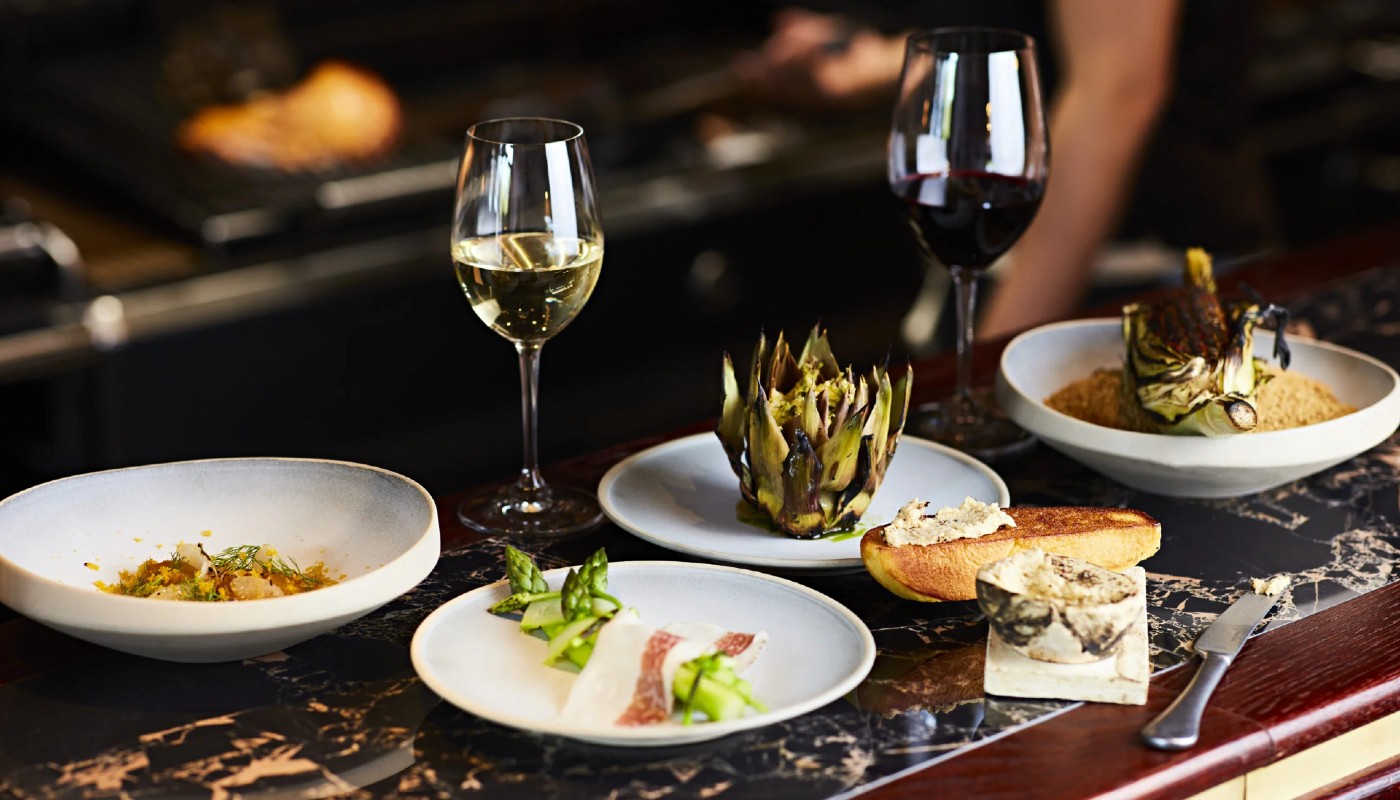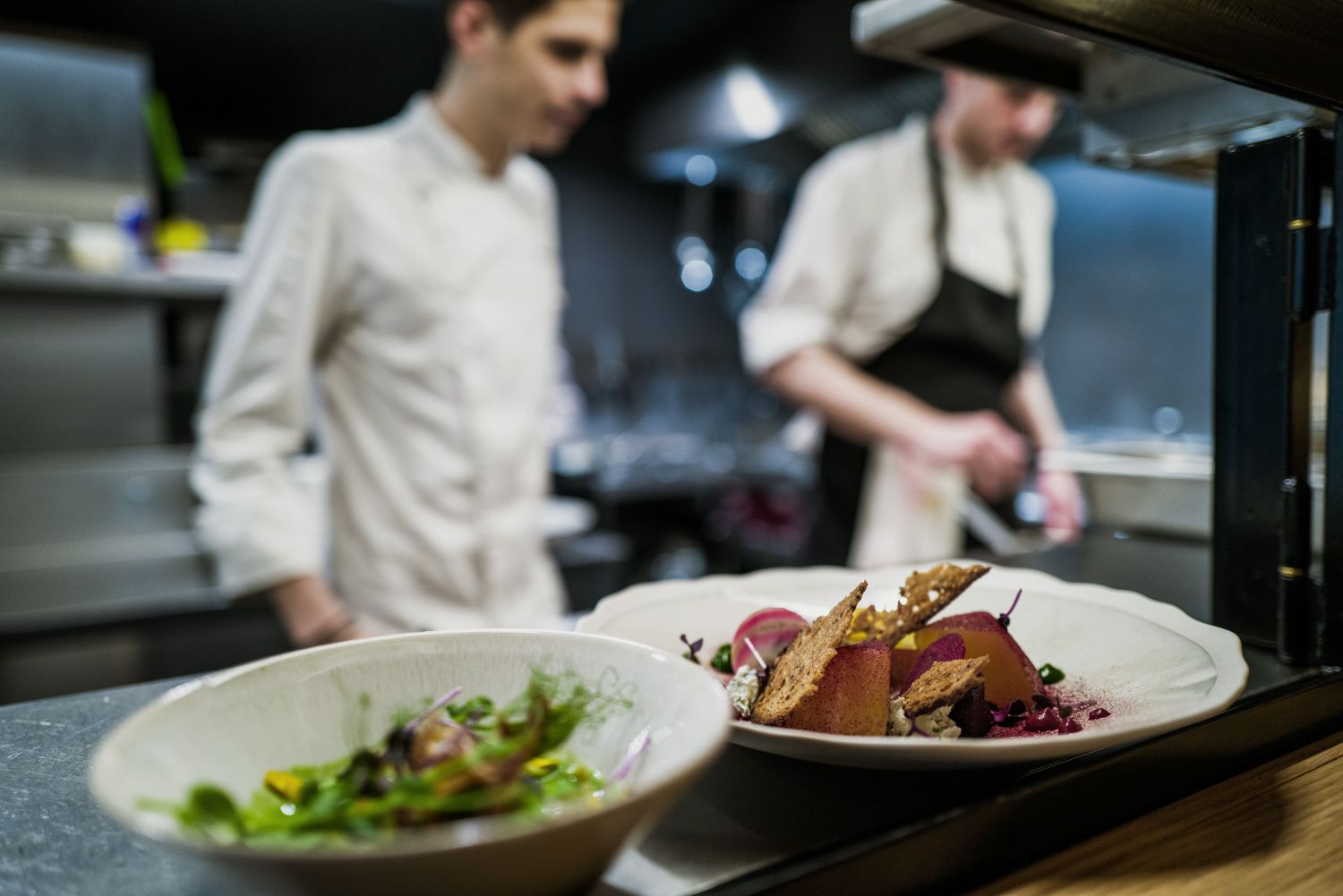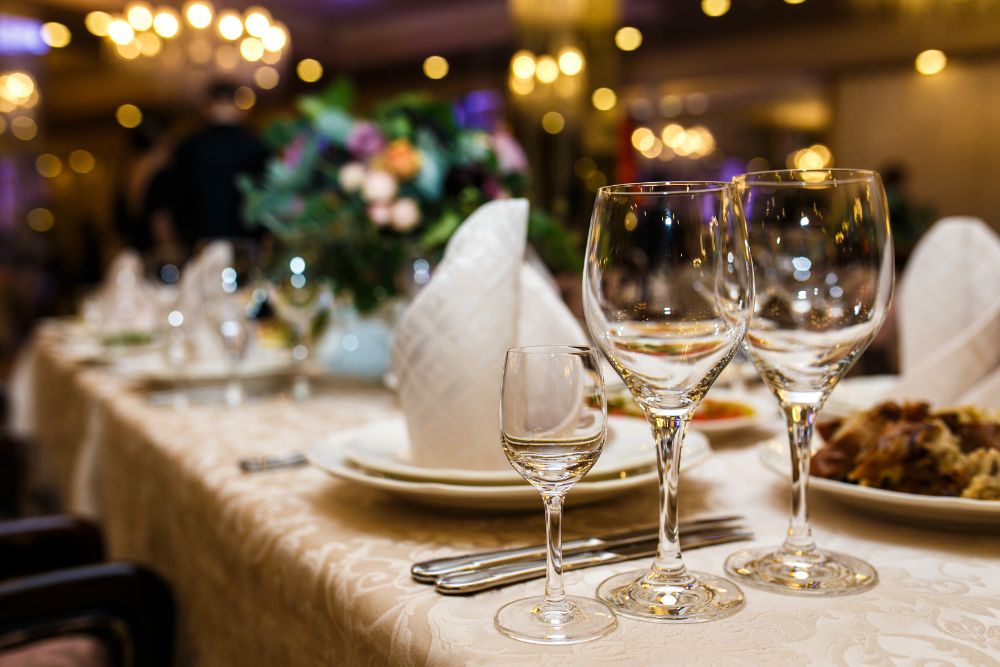Building Wine Programs That Mirror the Complexity of Beef

Feature · The World’s 100 Best
Building Wine Programs That Mirror the Complexity of Beef
From grass-fed tenderloin to long-aged ribeye, from charcoal fire to low-and-slow braise—beef is a spectrum of structure, fat, and Maillard depth. The best wine programs don’t just match “red with red”; they architect pairings across cut, cooking, aging, feed, and sauce logic, with cellars and service rituals designed to keep tension, lift, and length in balance.
A. Flavor Matrix · From the Butcher’s Map to the Glass
Old World Pinot (Vosne), Etna Rosso, Blaufränkisch
Barolo/Barbaresco (mature), Rioja gran reserva, Napa Cab with age
Left Bank Bordeaux (classed growth), Ribera del Duero
Syrah (Northern Rhône), Amarone (dry styles), Sagrantino (aged)
Cabernet Franc (Loire), cool-climate Malbec, Mencía
Rule-of-thumb: fat needs acid, collagen loves phenolics, char craves fruit core, and lean cuts prefer fine-grain tannin.
B. Aging, Dry-Age & Tannin Architecture
C. Fire, Smoke & Oak: Finding the Echo
- Charcoal & Post-Fire Smoke → choose wines with fruit core + graphite + restrained oak.
- Hard Sear & Butter Baste → acid line is critical (Sangiovese, Nebbiolo, Tempranillo with age).
- Wood-Fire Grill → oak integration must echo wood spice without doubling bitterness.
“Mirror the energy of the cooking, not just the flavor.”
D. Regional Pairing Logics
Chianina & Bistecca
High-heat Florentine steaks with Tuscan bitterness in greens → Brunello / Chianti Classico Gran Selezione (acid spine + balsam).
Txuleta & Brasa
Basque flame-kissed rib → Tempranillo (gran reserva) or Ribera del Duero with mature oak sweetness.
Charolais & Sauce Poivre
Peppercorn sauces love Left Bank Bordeaux (mature) or Northern Rhône Syrah for pepper echo.
Asado & Chimichurri
Herb-acid sauce calls for high-altitude Malbec or Cabernet Franc with cut and perfume.
E. Service Rituals That Keep Pace with the Plate
Glassware & Temperature
Large bowl for aromatics, but avoid overheating. 15–17°C for structured reds; slightly cooler for high alcohol to preserve lift.
Decanting & Oxygen
Young tannic frames: wide decant 45–90 min. Aged bottles: sediment management, minimal shock, narrow-shoulder decant.
Sequence with Fat & Salt
Start with higher acid/less phenolic, build to denser frames as char and jus accumulate across courses.
Salt, Pepper, Umami
Salt amplifies bitterness; pepper echoes Syrah spice; parmesan/bone marrow add umami—counter with acid or tertiary savor.
F. Cellar Architecture for Beef-Forward Menus
- Three backbones: (1) acid-driven reds (Sangiovese/Nebbiolo); (2) savory, peppery (Syrah/Cab Franc); (3) ripe-structured (Bordeaux/Napa/Ribera).
- Vintage laddering: hold multiple ready-to-pour mature years to tame tannin for lean cuts.
- Oak diversity: from neutral to medium-toast; avoid monotone vanillin with char-heavy kitchens.
- By-the-glass philosophy: one archetype per cut/technique guarantees an “always-right” BTG option.
- Pricing integrity: create a “terroir lane” at fair margins beside trophy bottles; reward curiosity.
G. Common Pitfalls
- One-size-fits-all Cab dominates the list.
- Fruit ripeness overwhelms char and salt → bitterness.
- Ignoring sauce acid or sweetness in pairing logic.
- Decanting everything the same way.
Fixes
- Ladder acidity across the meal; keep one high-acid red live BTG.
- Use mature vintages or regions with natural freshness to offset fat.
- Map sauces to acid/sugar; adjust tannin accordingly.
- Train “oxygen judgment”: time, width, and intent.
H. Metrics That Prove It Works
I. Beyond Red: Whites & Non-Alcoholic Lanes
Structured Whites
White Rhône blends, aged Chardonnay (moderate oak), oak-aged Grüner—fat meets phenolics without red tannin.
NA Pairings
Kombu-verjus highballs, roasted-barley “malt” infusions, oolong reductions—bitterness and length without ethanol.
Rose & Orange
Maceration tannin supports char; keep VA low and temperature controlled.
Build your program from the butcher’s map outward: cut → technique → sauce → cellar. When acidity, phenolics, ripeness, and age are tuned to the beef spectrum, pairings stop being rules and become precision instruments—raising both the plate and the glass to something more than the sum.






